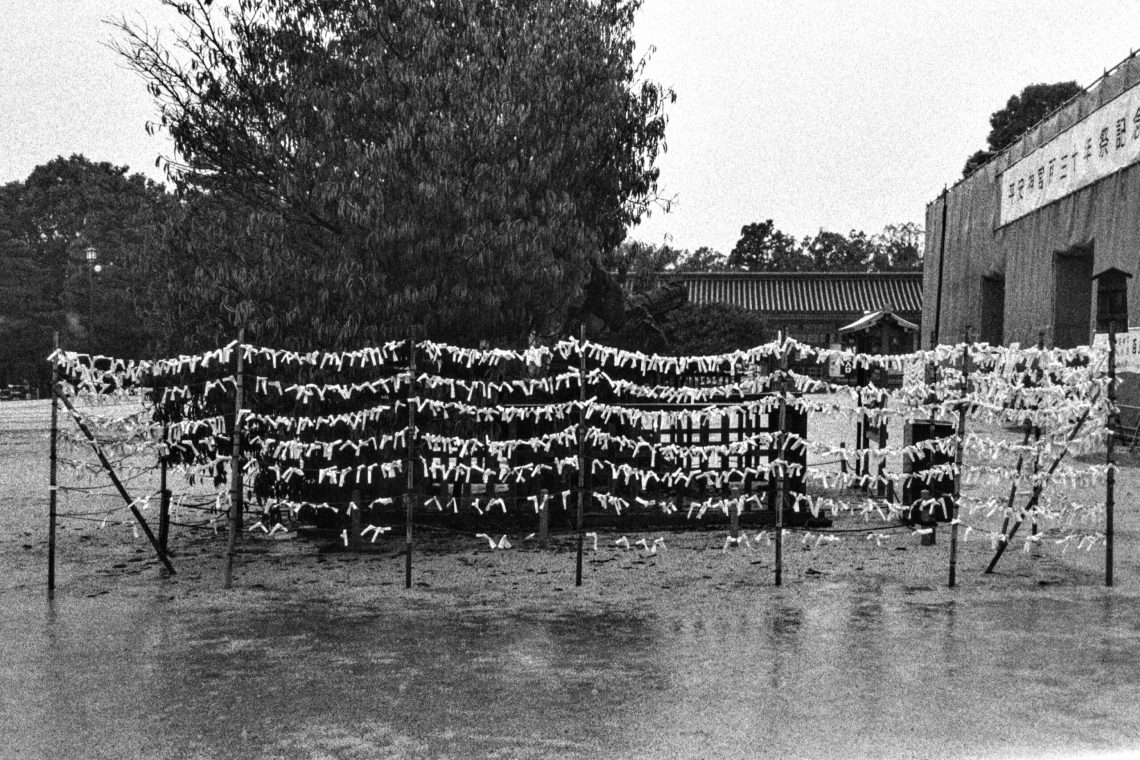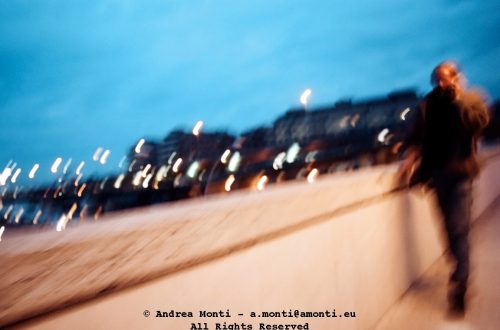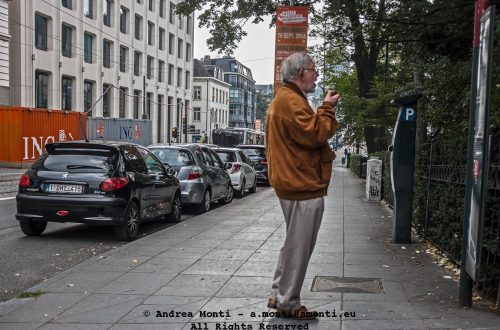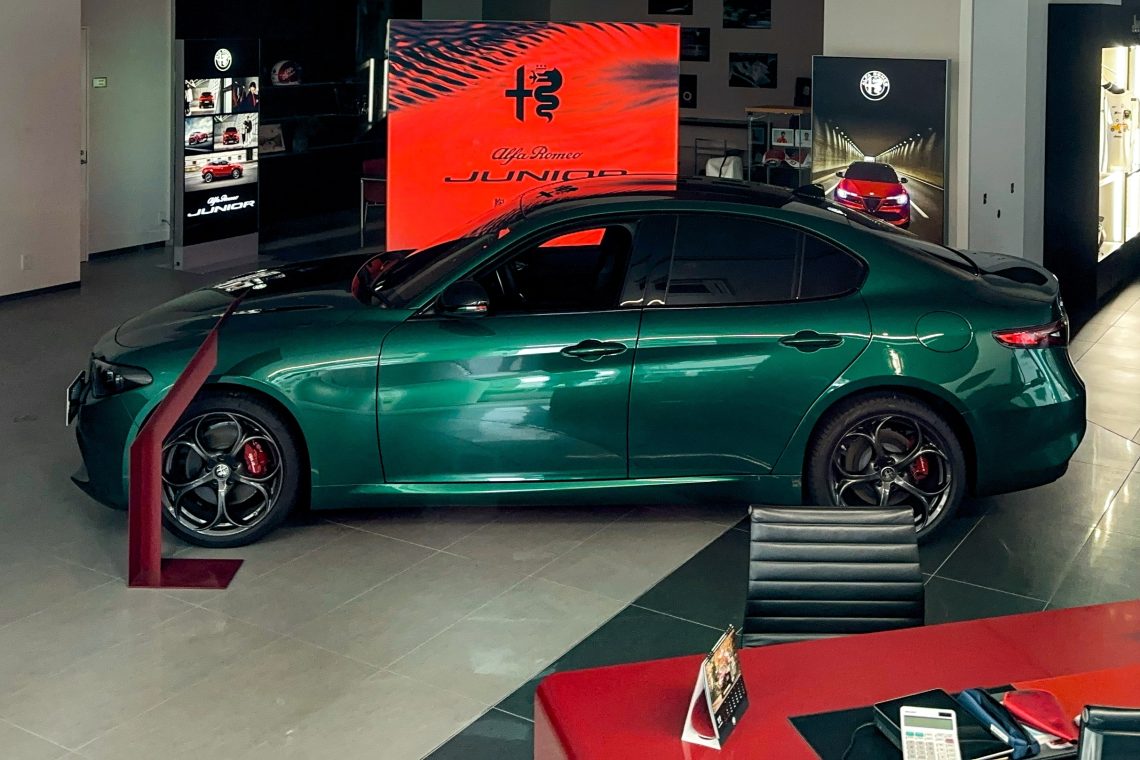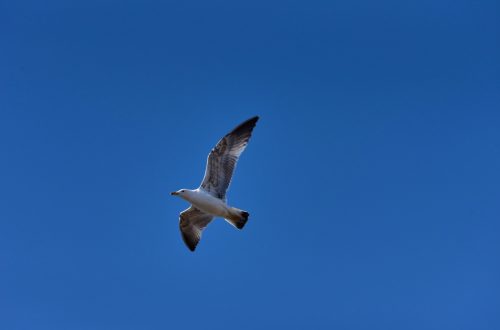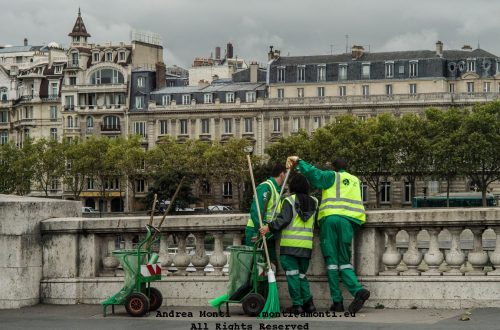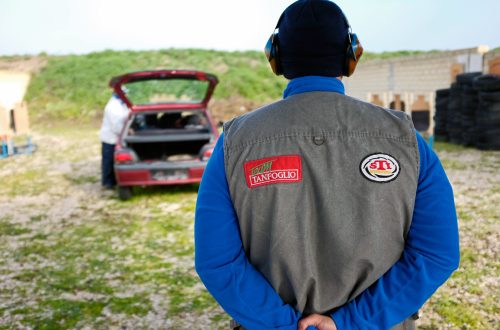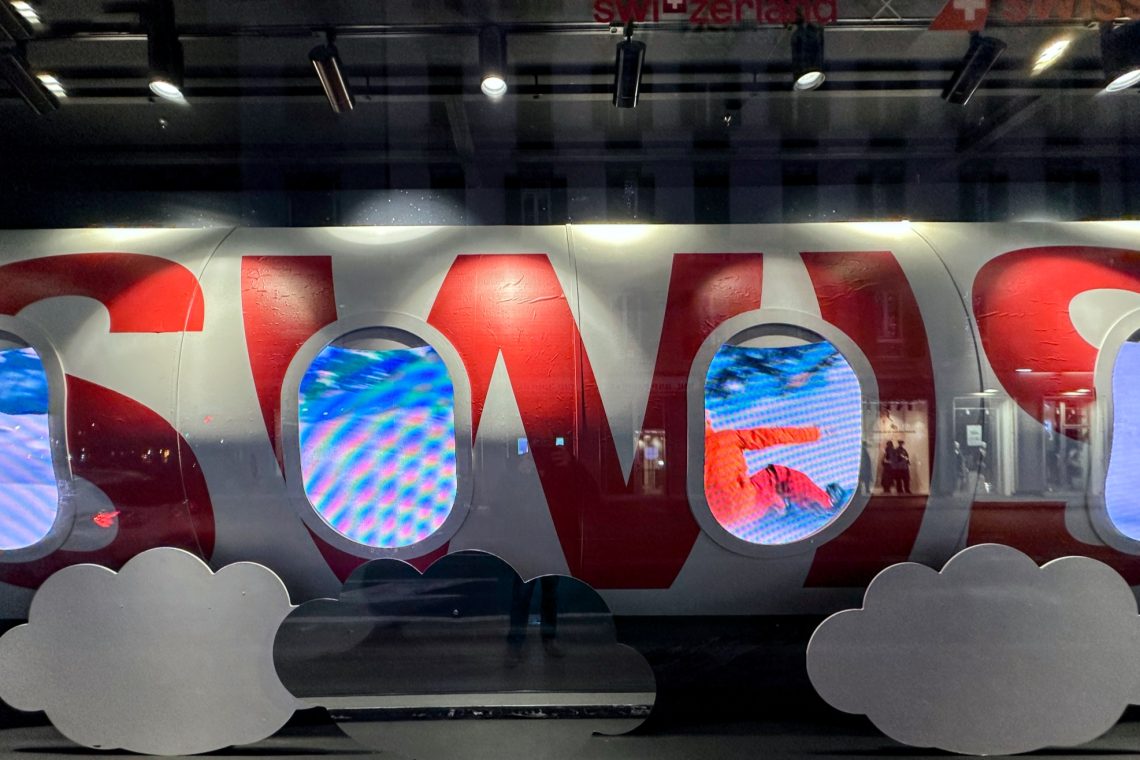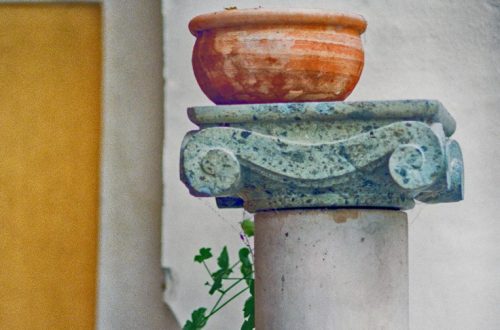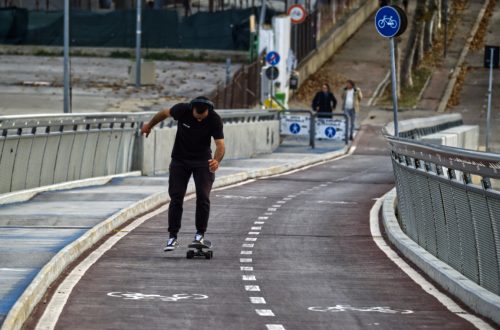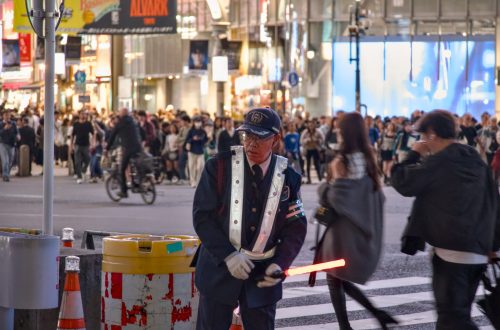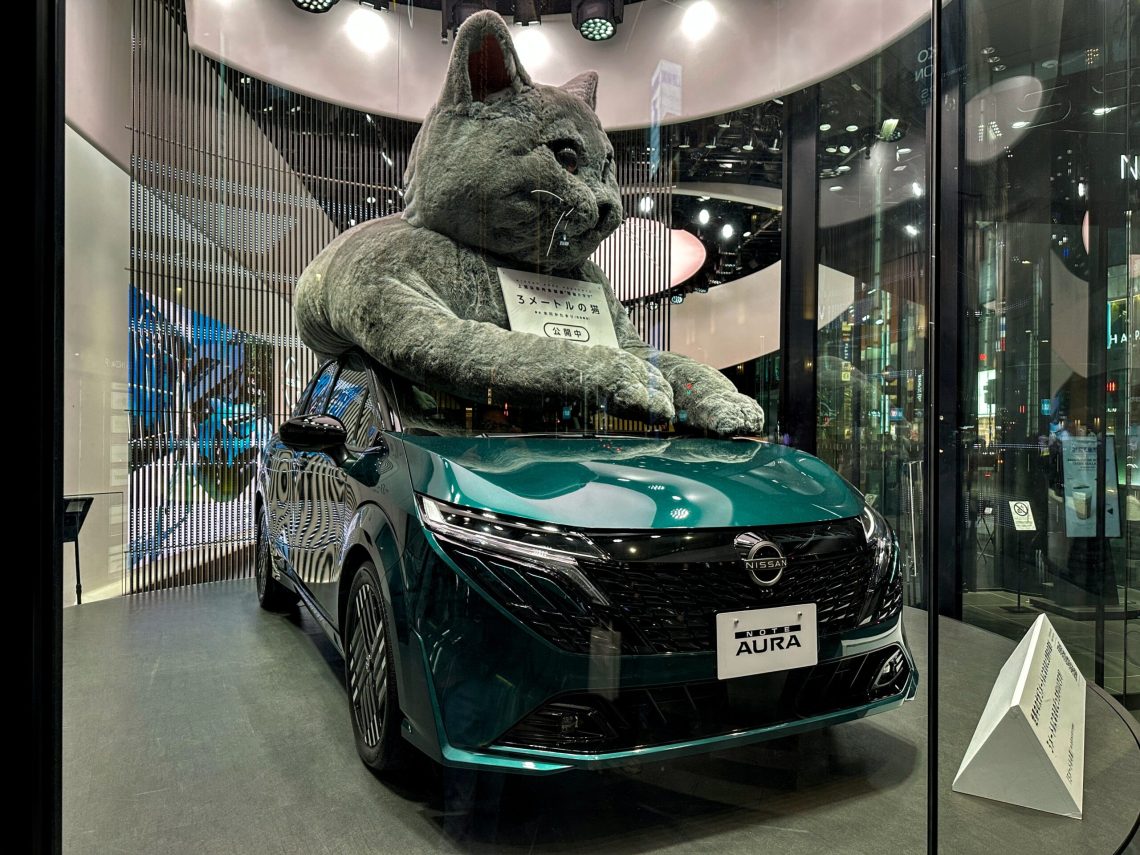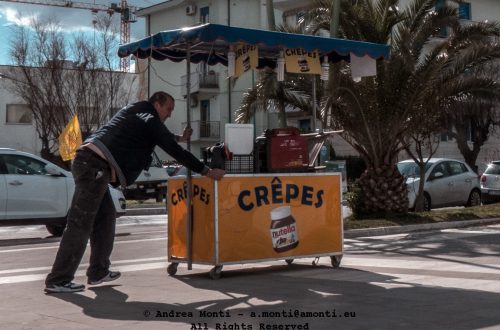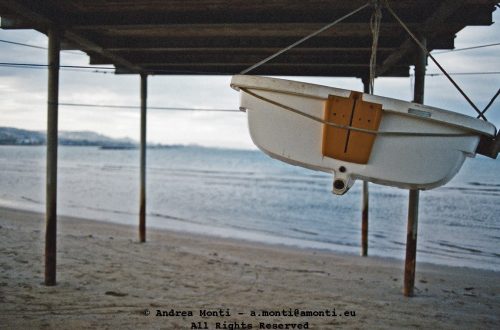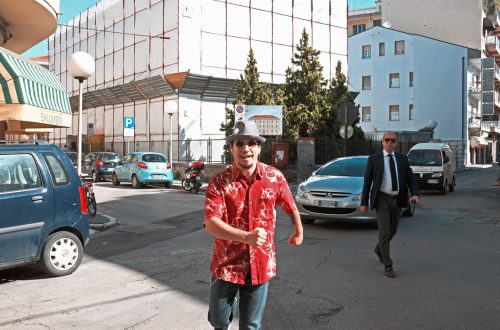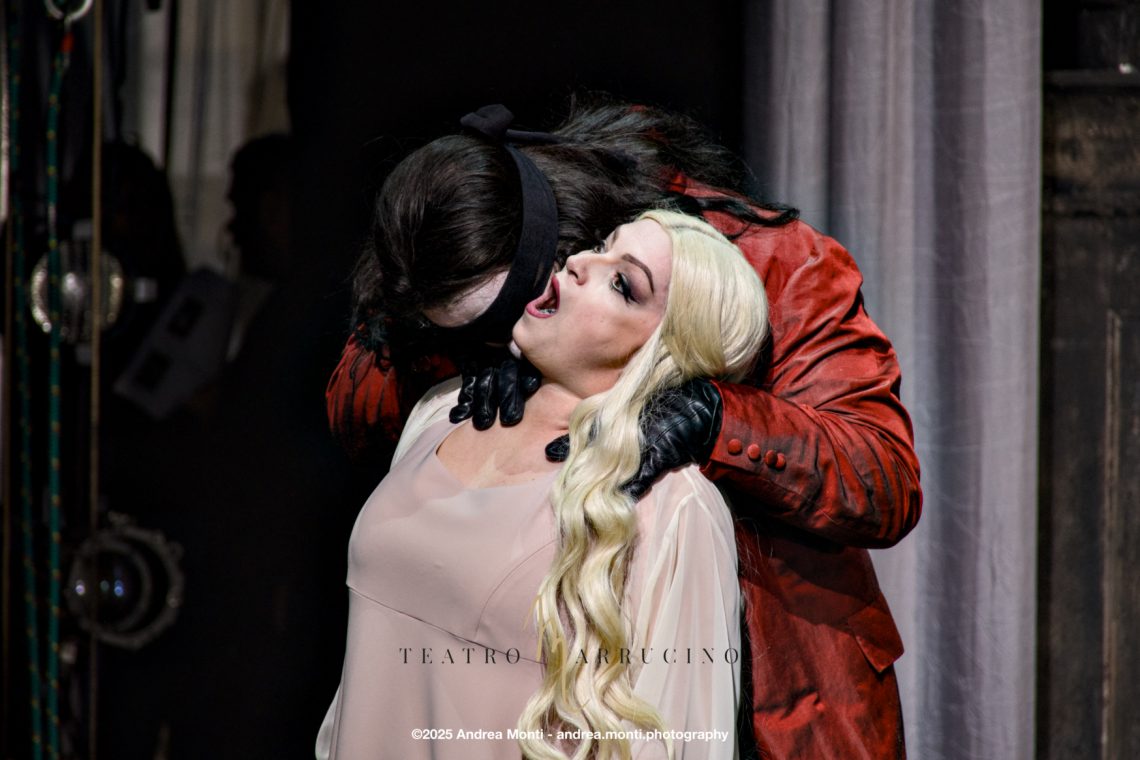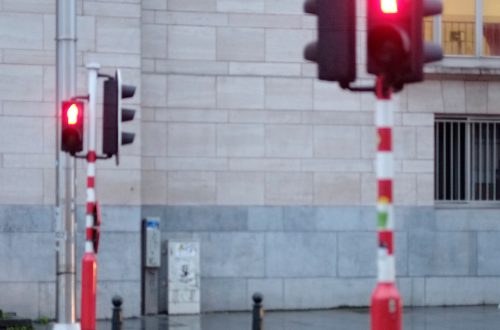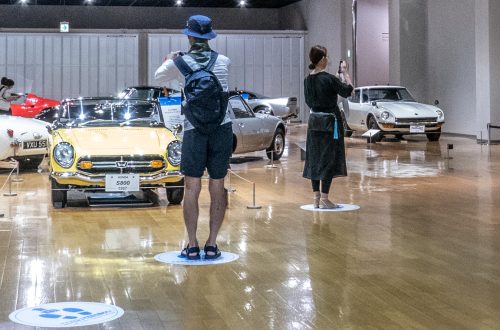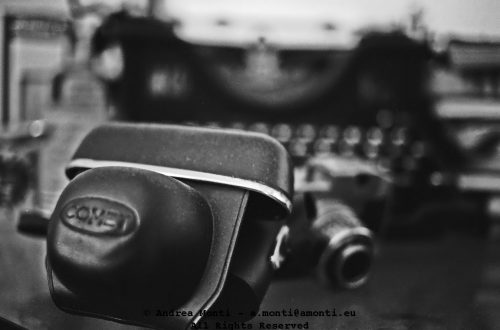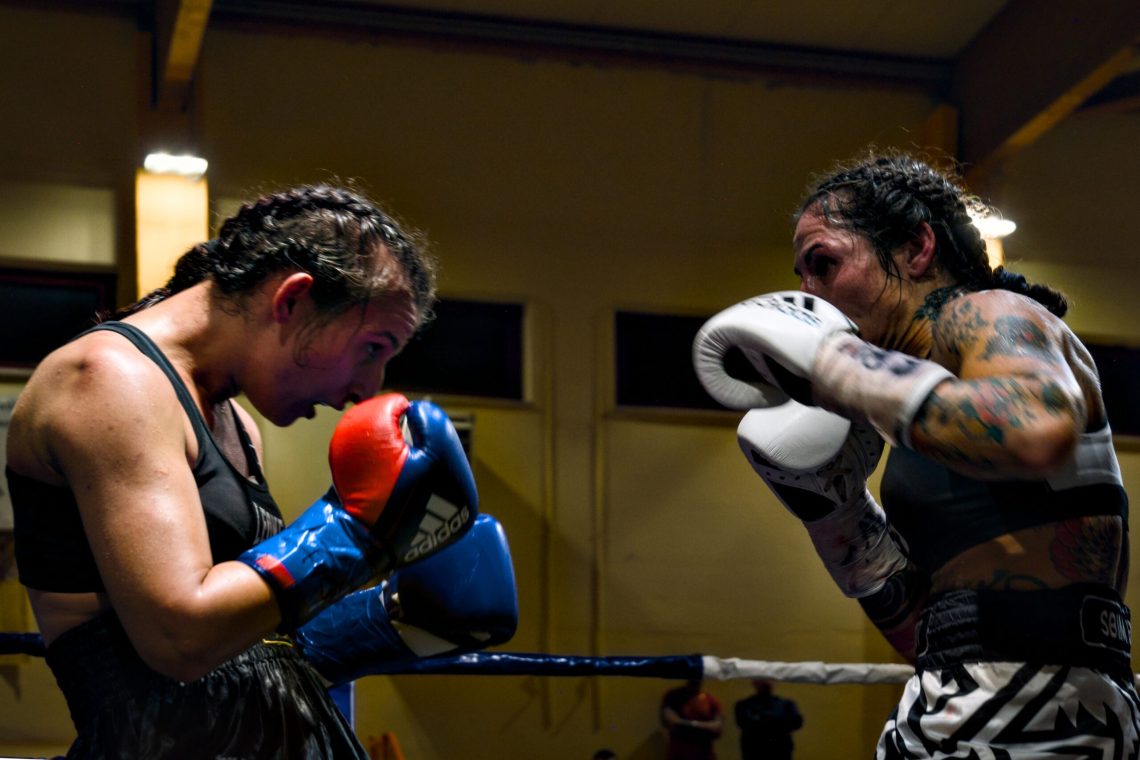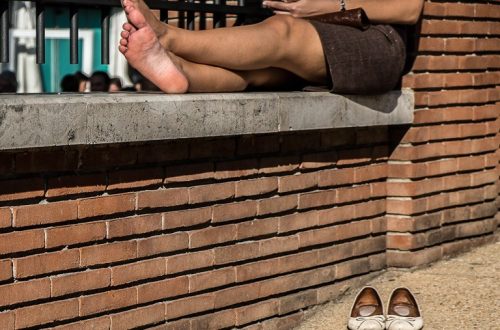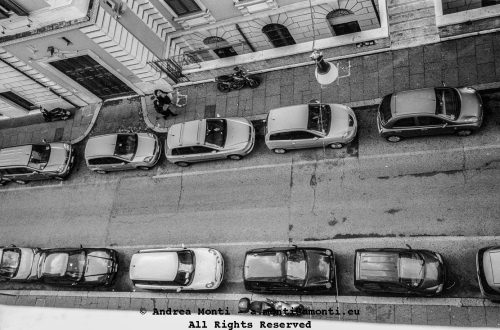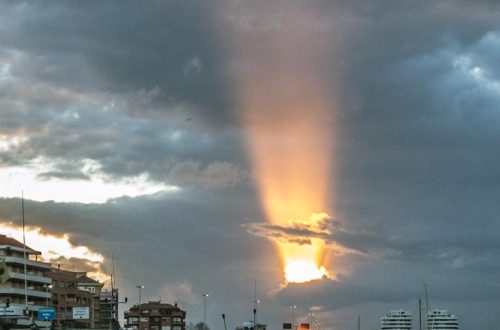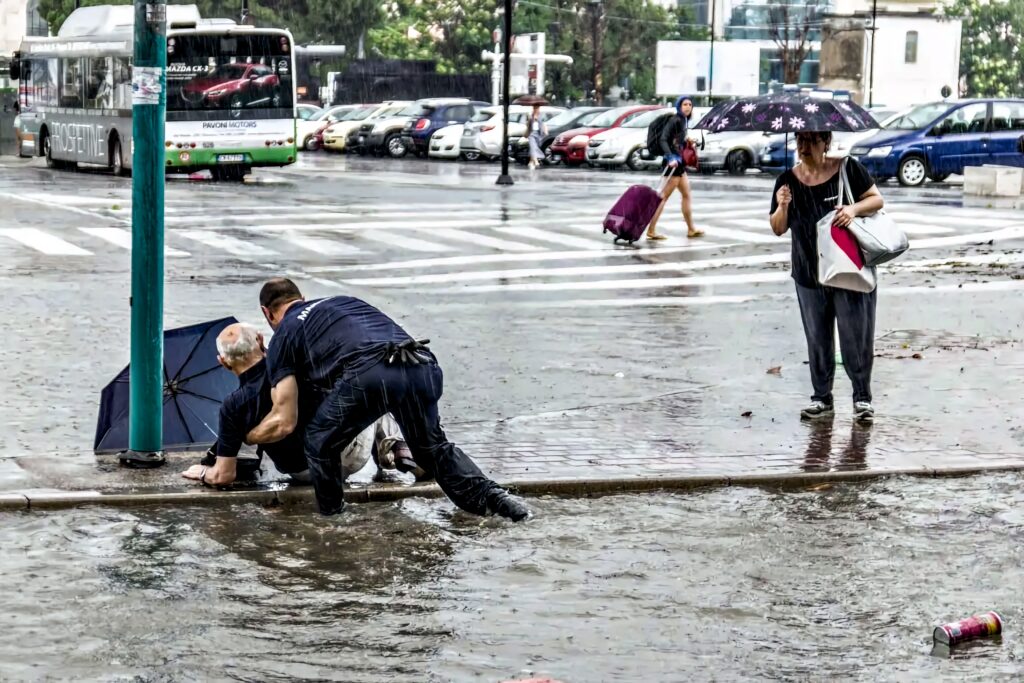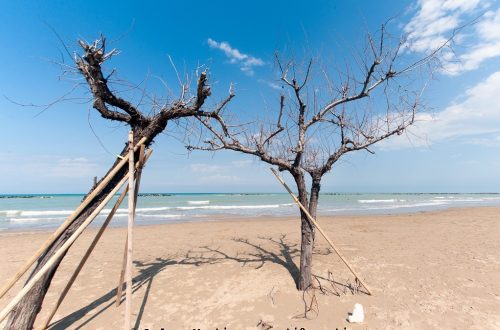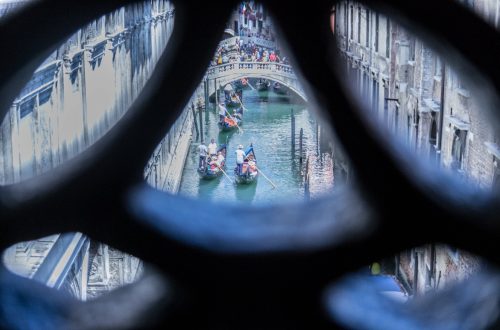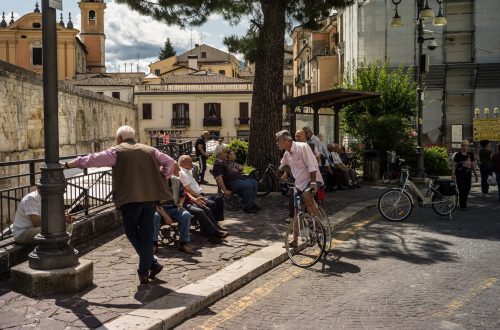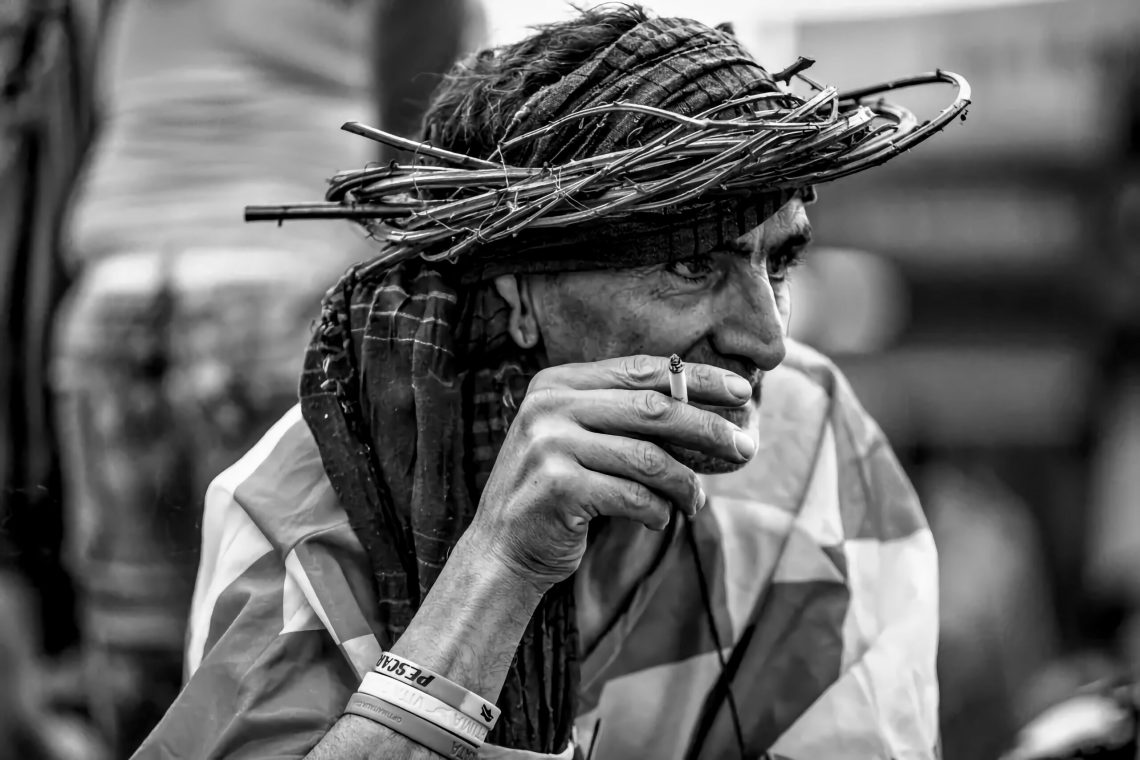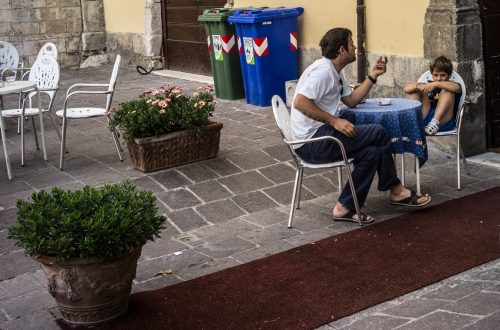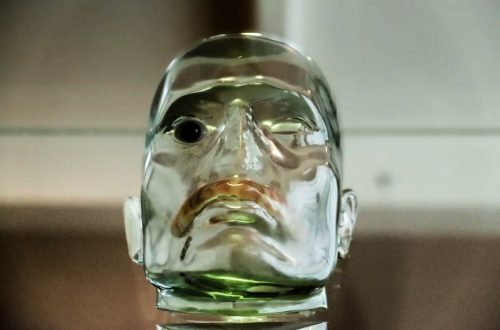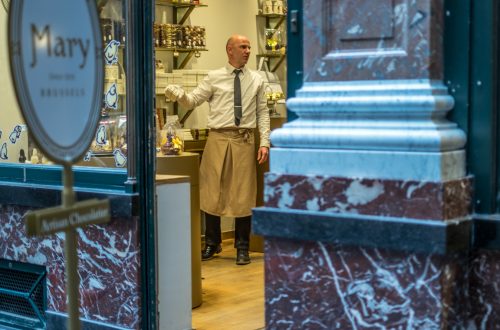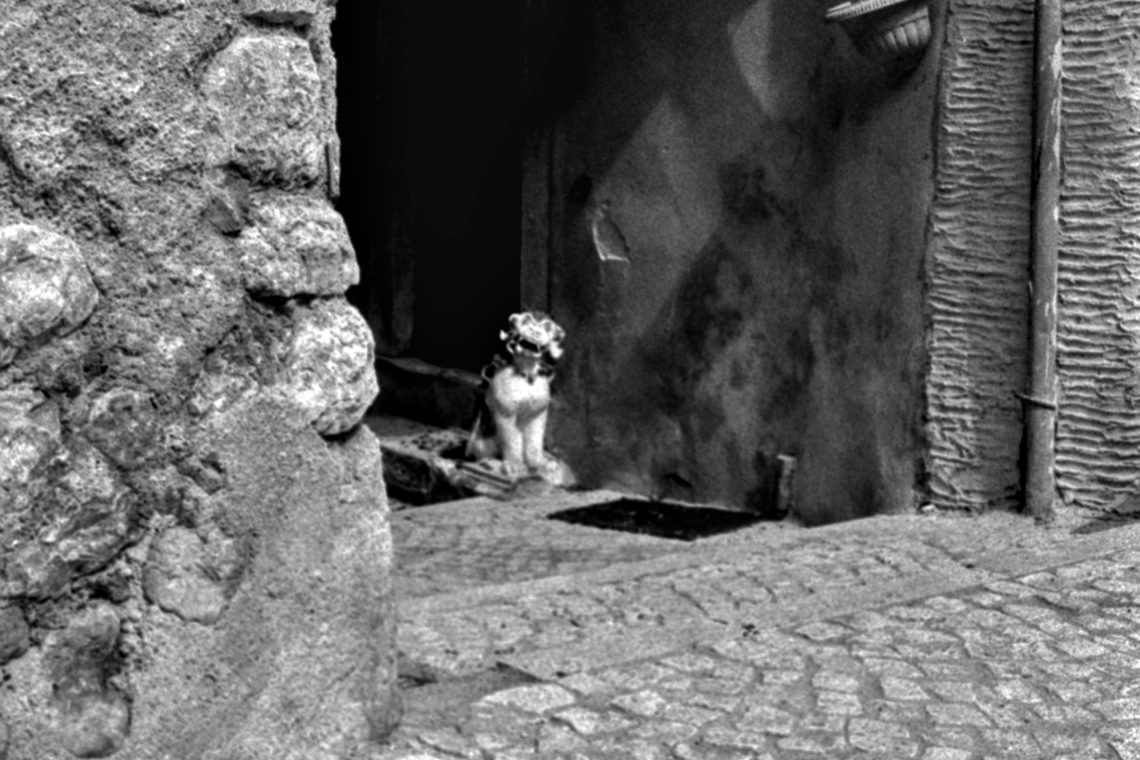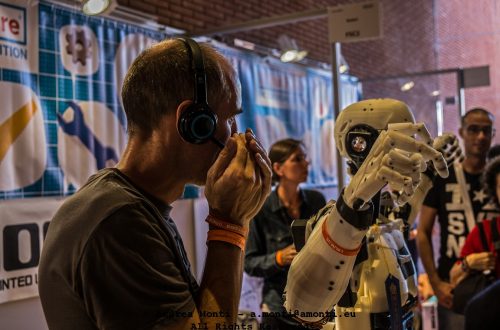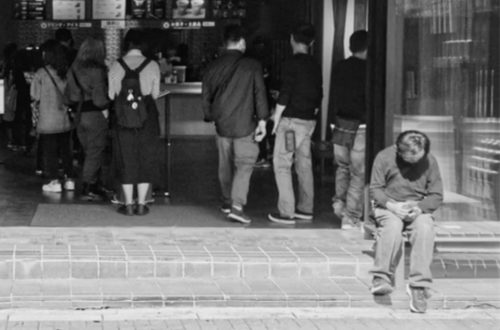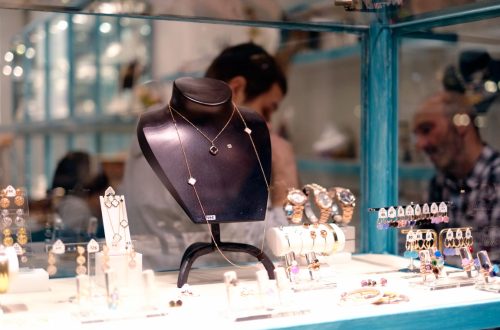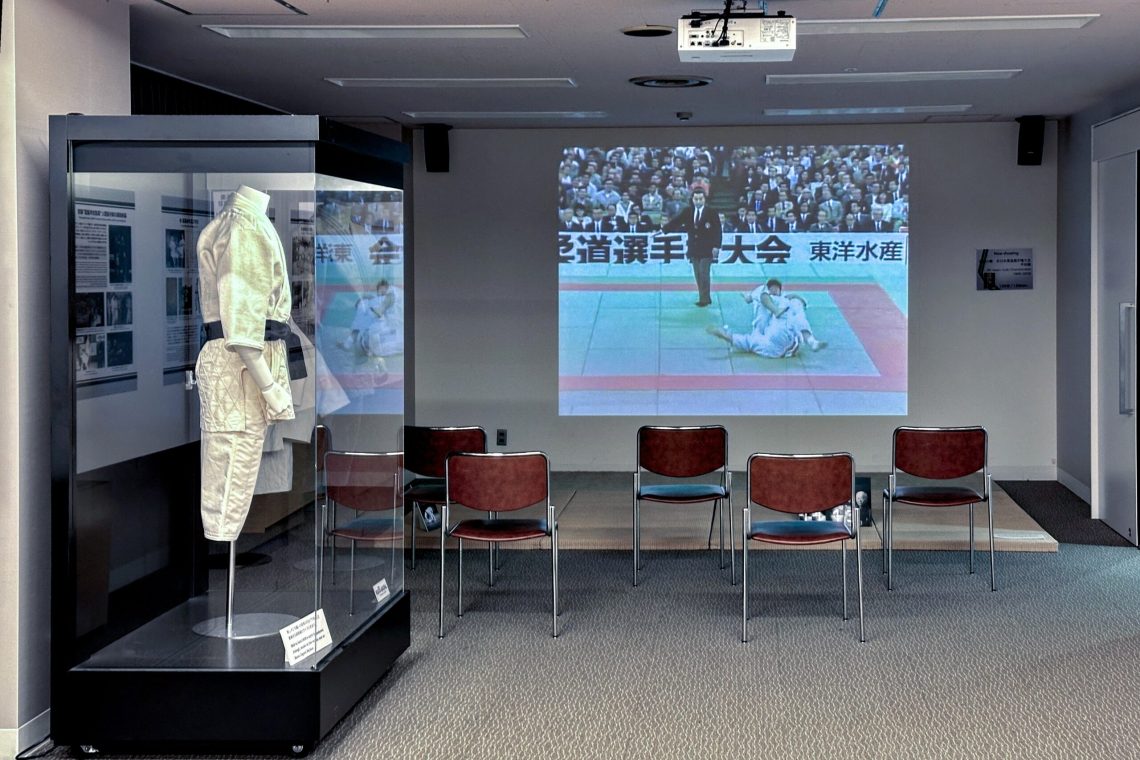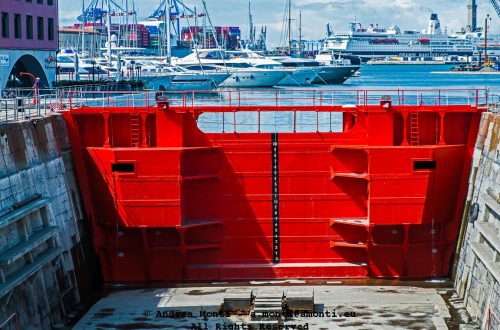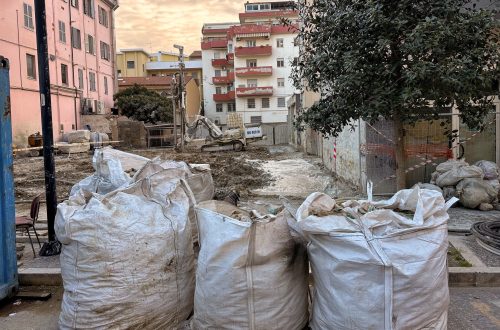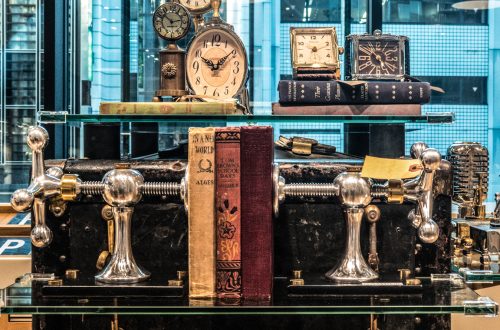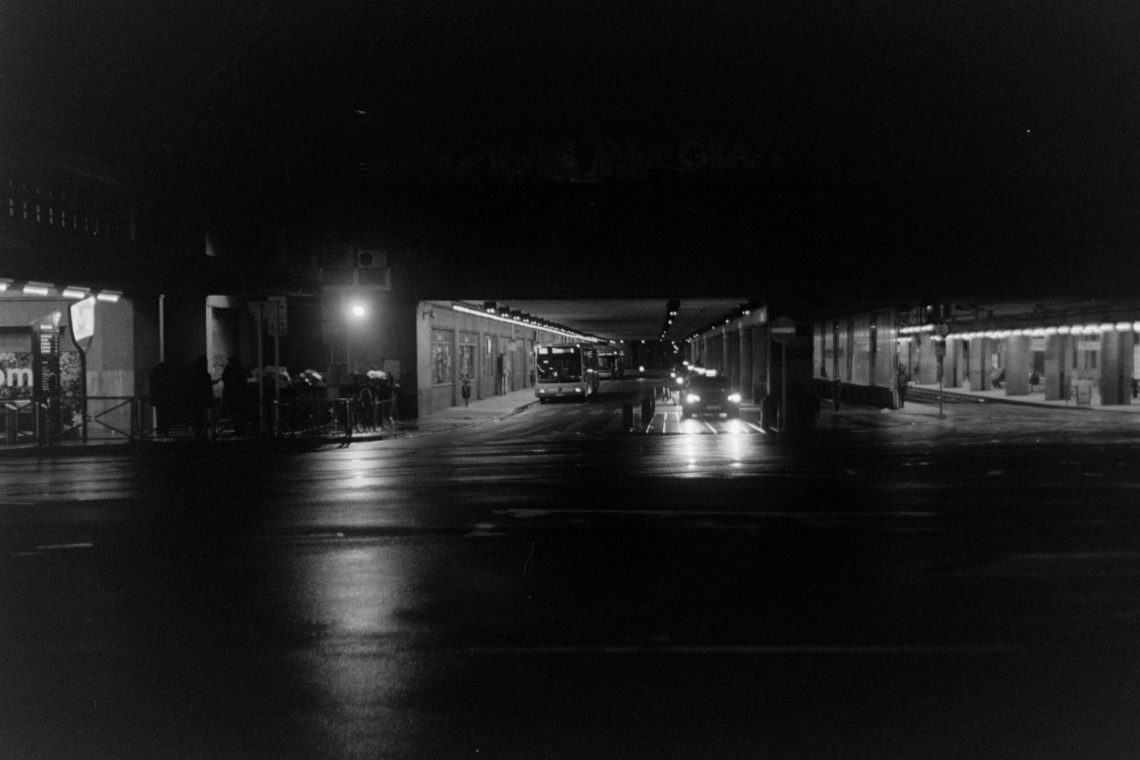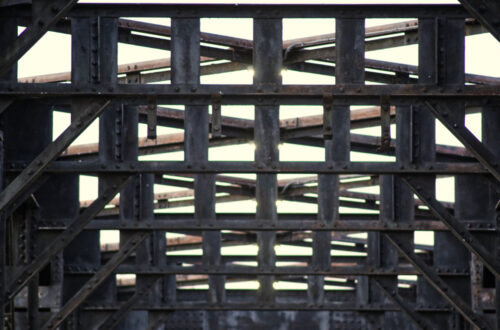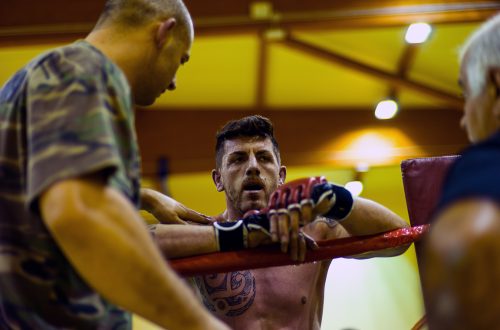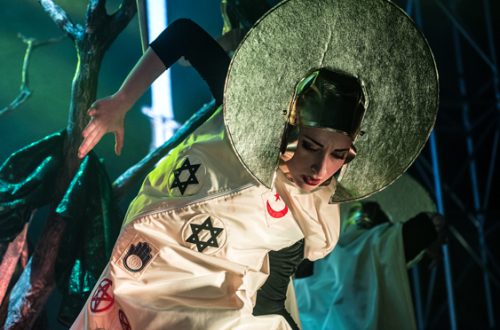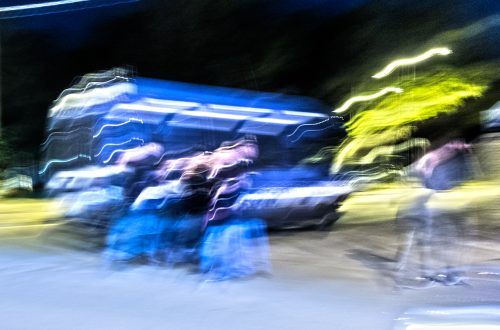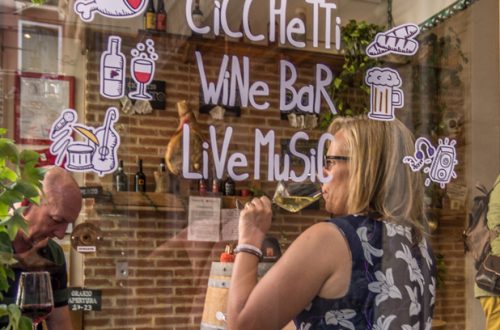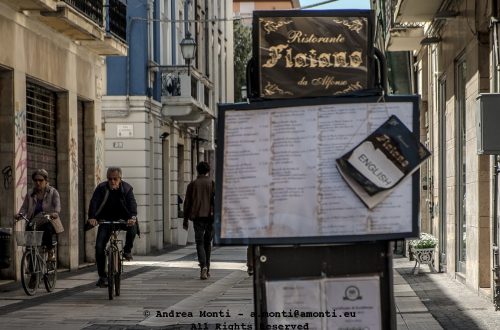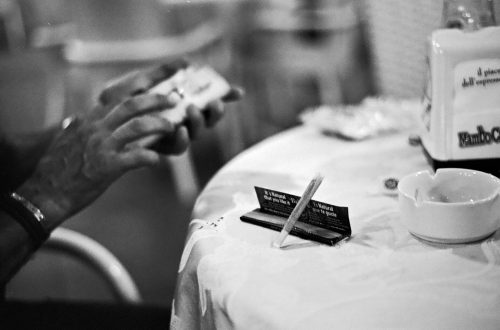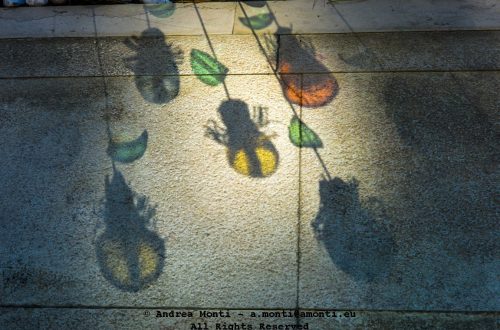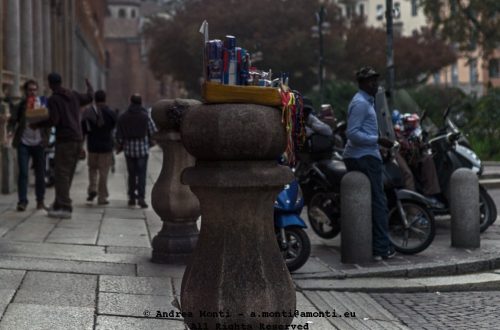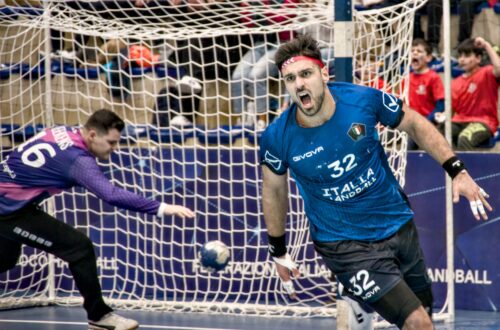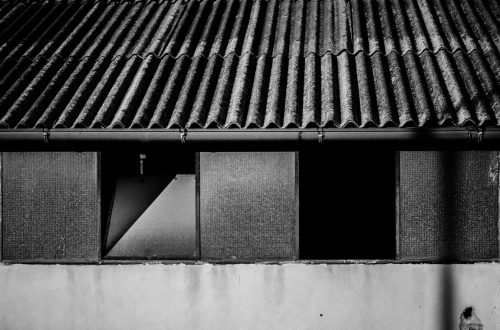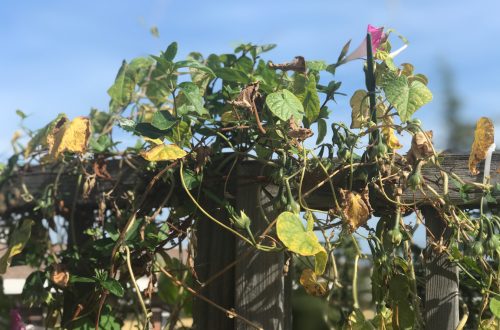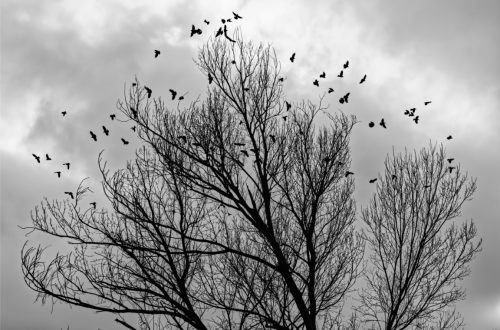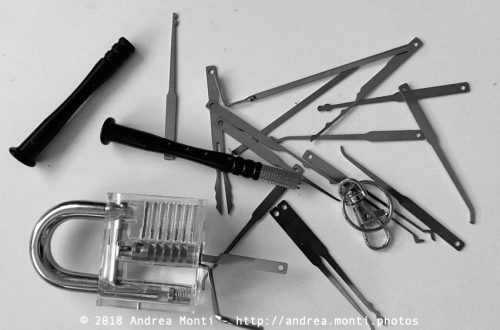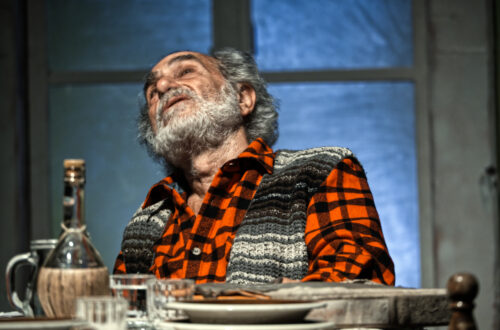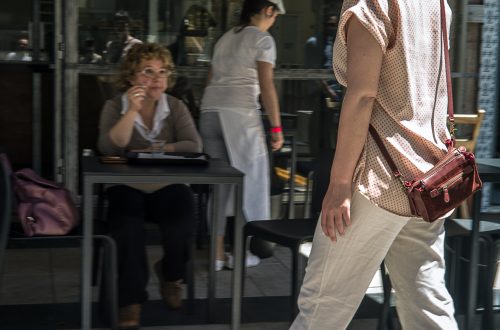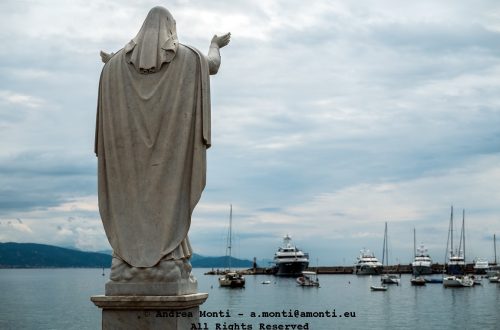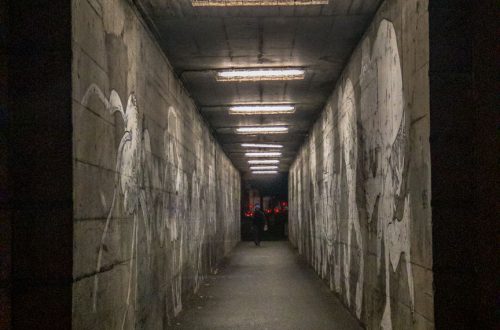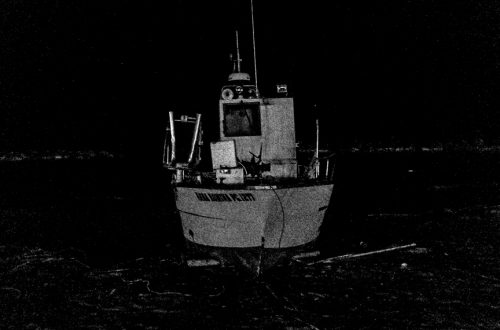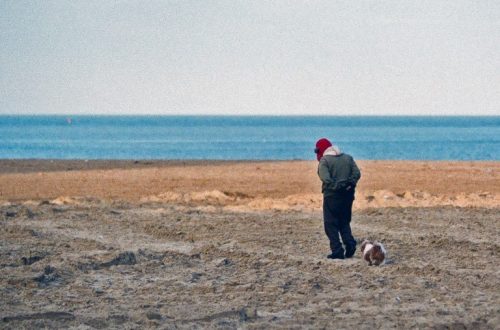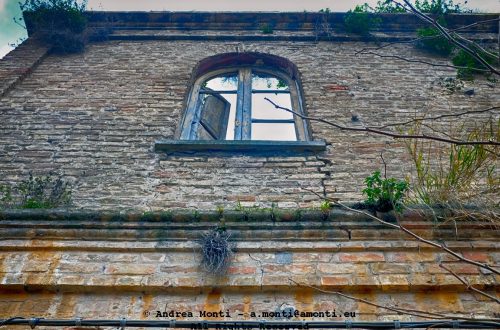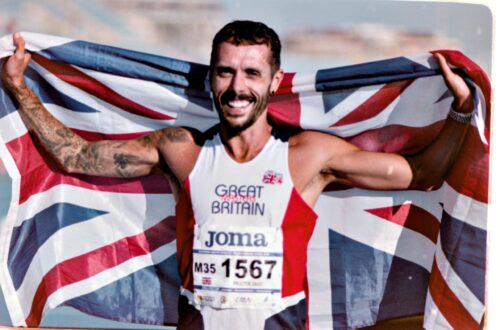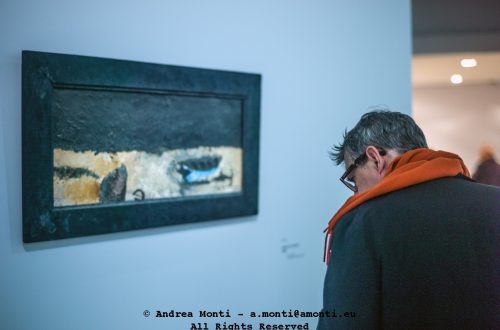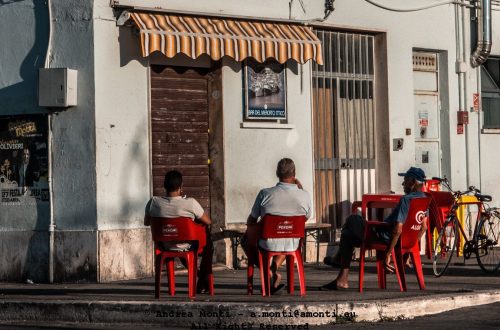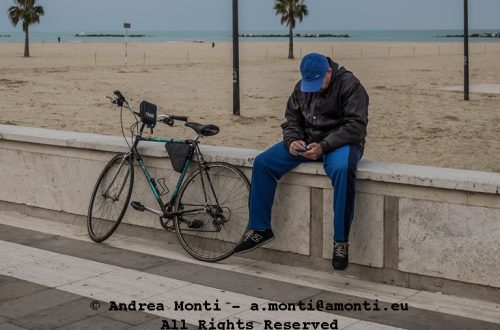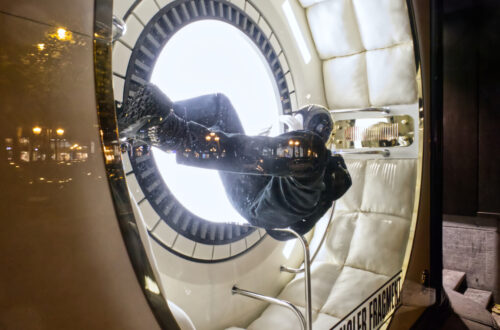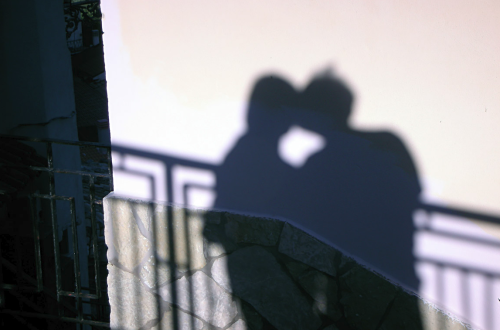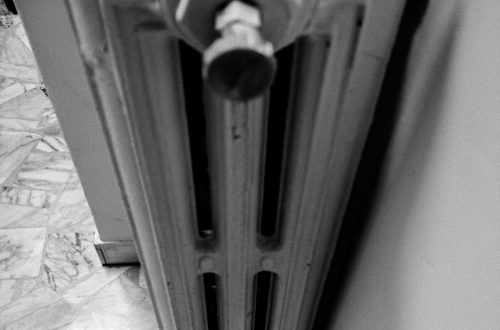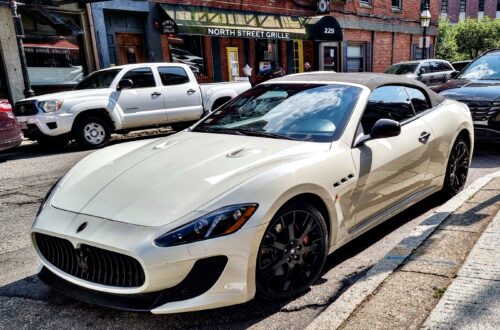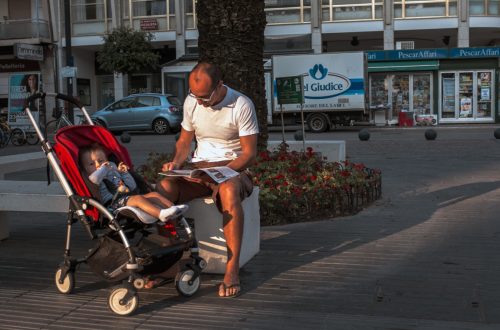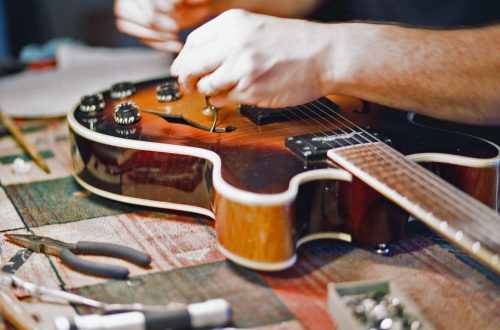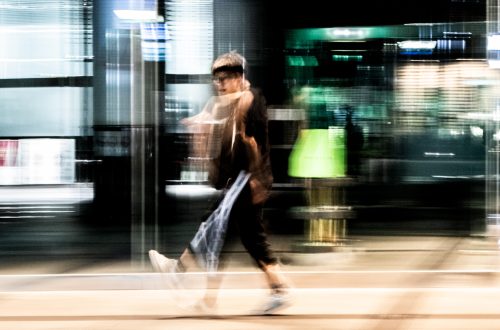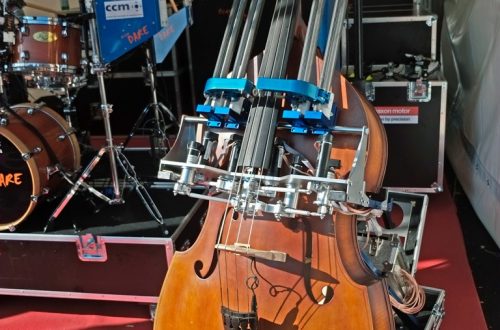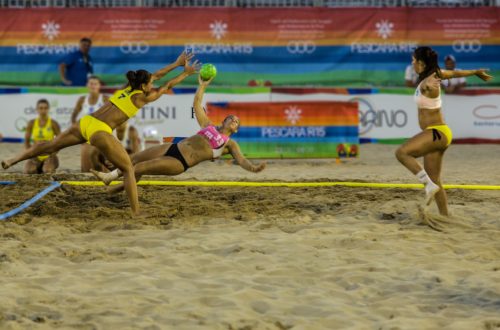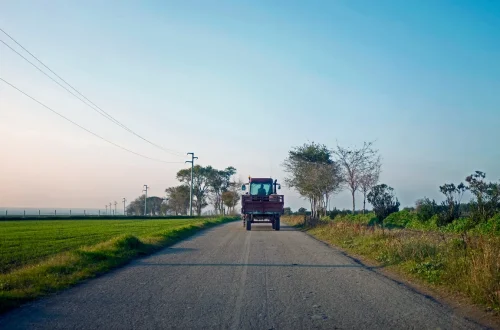-
Bad Luck at Heian Jingu Shrine
As it is customary in Japanese Shinto shrines, also the Heian Jingu in Kyoto has an area where bad luck is left hanging in the open. 御御籤 —o-mikuji—are small strips of paper that people can choose at random to find out their fortune. As every tourist is told, the general rule is that you should keep the good omens and leave the bad ones hanging on a pine tree or a scaffold. The o-mikuji can be taken for free, however it is also customary to leave a 100-yen coin in return. In fact, this is one way in which shrines are able to sustain themselves, given that there is no…
-
Ceci N’Est Pas Une Junior (or, Cognitive Dissonance – Part Two)
I took this photo last November while exploring a less touristy area of Tokyo: Ikebukuro. I went there hoping to see a limited edition Alfa Romeo Giulia Quadrifoglio, which was supposed to be on display at an official Alfa Romeo dealership. Unfortunately, the Quadrifoglio wasn’t there and the dealer was closed, too. So, the only option left to save the day was to take pictures of whatever could be seen through the windows. Peeping inside, though, I didn’t expect to find anything interesting in a car dealership, but I was wrong.
-
Cognitive Dissonance
In advertising, sometimes, disregard for reality is a deliberate choice because the aim is to pique the viewer’s curiosity no matter what. At other times, though, it is the result of cognitive dissonance leading to mismatched reality’s depiction, as in the case of the prop in this photo, which I took at La Rinascente in Rome, meant to work as an ad for Swiss International Air Lines and Switzerland as a winter touristic location. At first, I didn’t understand what was wrong with it. The idea looked fairly average —ordinary, I would say: a plane’s fuselage with windows, and videos were shown as if they were the outside view that…
-
How Nissan Crossing Has Changed Over Time
As a petrolhead, I always make a point of visiting Nissan Crossing whenever I’m in Tokyo, even if only for a few hours or half a day. Situated in Ginza, one of Tokyo’s most exclusive districts, Nissan Crossing is an open space in which the car manufacturer displays its concept cars and premium models.
-
Don Giovanni@Teatro Marrucino
Yesterday night I was on the (back)stage of Teatro Marrucino for the premiere of Mozart’s Don Giovanni. Director Paul-Émile Fourny had a brilliant idea: to portray Don Giovanni as a vampire. This choice was essentially coherent with Don Giovanni’s ‘predatory’ attitude, while maintaining a visual style for the mise en scène that was consistent with the time in which the story was set. The lighting design by Patrick Meeus and the video design by Mario Spinaci created a dark overall mood without losing the play’s main characteristic: the alternation between drama and humour.
-
Saturday Night Fight Fever
On October 18, I was ringside to shoot the European Boxing Union‘s female super-lightweight European title fight. The crown vas vacant and the two contenders were both Italians. Silvia Bortot, a former two-time European champion, and Sonia Fracassi, the Italian champion. The match was pretty intense. All along the 10 rounds of the bout, Fracassi put her opponent under a great deal of pressure, and she responded with equal energy. Ultimately, Bortot emerged victorious. However, the close referee scores (96-95, 96-95 and 97-93) show that the two fighters were closely matched, and that Fracassi could have won if she had thrown a few more punches, or if the match had been…
-
Autumn, Colour, Daily photo, PhotoCritics, Photography, Spring, Street Photography, Summer, Technique, Winter
Make Sense (or: Meaning is in the Eye of the Beholder)
I am a big fan of Jim Hall. A god of the Jazz Olympus, he was an amazing guitar player and played (i.e. lived) according to a simple but effective maxim: make musical sense. He jotted it on a scrap of paper and stashed it in his guitar case, so, whenever he took the instrument out, he was reminded to follow the advice. And he did it. This is an excellent advice also in photography and I do my best to follow it, also if I don’t always get it right for a number of reasons, the main one being that meaning is in the eye of the beholder as…
-
Personal Musing On Monochrome Digital Cameras
I was thinking of exploring the world of black-and-white digital photography so I started looking into the available options. Currently, only the Leica Monochrom and the Pentax K-3 III Monochrom are still the only native monochrome digital cameras availble, targeting photographers interested in maximising the potential for ‘true’ black-and-white photography compared to converted colour images. Many experts in the field justify the existence of this particular camera by citing the same manufacturers’ marketing claims, such as better overall image quality and the superior performance of a custom-built sensor. However, I am a photographer, not an electronics engineer or software programmer, so I care more about the final results than the technicalities.…
-
An Asian Lion Guarding an Italian Town – One Shot Story
Ofena is a small town located within the Abruzzo National Park of Gran Sasso and Monti della Laga, in Italy, Hit by the 2009 earthquake, Ofena is still struggling to recover. Life came back to its ordinary pulse thank to the inhabitants who showed strong resilience. However, wandering around these wounded places I didn’t feel inclined to take photos as I felt like I was exploiting the enduring consequences of the tragedy that hit this community.
-
DSLR-like…?
I decided to write this post after having stumbled across the next ethusiast review of a smartphone published on a reputable magazine, claiming that the device can deliver ‘DSLR-like’ photos. In fact, as is often the case with ‘camera experts’ who work for a magazine or earn money by posting videos making funny faces on social networks, it was just a rewrite of the manufacturer’s product specifications and promotional material. There are few things, in photography, I dislike more than than these ‘DSLR-like’ claims made in the advertising of smartphones and compact cameras because ‘DSLR-like’ is the archetype of a meaningless statement made to lure people into using an arbitrary benchmark…
-
5 (random) frames of Bruxelles with a MIR-1B, a Pentax ME Super and a Kodak TMax400
The late hours of a day are dangerous times, because this is when the mind, lacking tasks, begins to look for a way to keep itself busy. To make a long story short, this is why, against what the common sense would have suggested, I decided to take a stroll in a (very) cold winter evening along and around Avenue Louise in Bruxelles to test a MIR-1B 37/2.8 mounted on a TMAX 400 loaded Pentax ME Super with an M42 adapter. Initially published on 35mmc.com. As much as this is not a ‘field test’, I was unfair to the lens because I used it in challenging conditions, starting with the…
-
One Shot Story: Behind the Fence
There is nothing special about this photo in itself, but when placed in context, it changes the way we may look at it – Initially published on 35mmc.com The photo was taken in the fishing neighbourhood of my home town. Behind the fence erected by the developers were the fishermen’s small one-storey houses. Once a testament to the hard life they endured, over time the neighbourhood was abandoned and the houses gradually fell into disrepair. Now, for security reasons, it is not possible to look through the fence and see what the developers are planning to build in place of this small part of the neighbourhood. I could ask the…
-
7Artisans 35mm 0.95 – Testing this Fujifilm X Mount Lens in a Demanding Environment
So far I have been very happy with the 7Artisans 35mm 0.95 in X-mount, but I have only tested it in non-demanding conditions. Although the results were promising at first sight, only a real test could give a definitive verdict (at least for me). So I decided to put it on trial last December 13, shooting ‘La Cenerentola’, Gioacchino Rossini’s melodrama at the Teatro Marrucino in Chieti (IT), together with the ‘battle-tested’ Fujifilm XF 18-120. Initially published on 35mmc.com Did it work out? Let me spoil the conclusions: I really like this lens in absolute terms and not because of its value for money. The colour reproduction is excellent, the resolving…
-
One Shot Story: (Un)Available Coin Lockers at Shin Osaka Station
コインロッカー, the coin-operated lockers, are fundamental to travel around Japan: this is the first lesson any first-timer to this Country should learn beforehand. – Initially publishd on 35mmc.com Almost ubiquitous, they are plentiful in train stations and airports and are a convenient way to get rid of your luggage for a few hours or days while you are on a stopover. Until a few years ago, finding an empty コインロッカー was not such a daunting task, even when there were large numbers of tourists. Now, however, things have changed for the worse. Recently, on my way to Tokyo from Kyushu, I did —as the automatic PA system of the Shinkansen likes…
-
A Night at the Opera – Plays and Opera Photography
This is an abbreviated version of a talk I gave to a local chapter of the Italian Federation of Amateur Photographers (FIAF) on the challenges of photographing in a Teatro all’italiana environment. A word to the wise: this post has just a few pictures because it talks about what happens behind the camera and not about what happens in front of it Initially published by 35mmc.com To approach professional photography in Italian-style theatres, it is essential to understand and deal with a series of difficulties and critical issues that characterise this particular environment. The Italian-style theatre, with its architectural structure, lighting layout and show dynamics, imposes a series of technical and…
-
Gioacchino Rossini – La Cenerentola@Teatro Marrucino
This is part of a reportage I did on December 13, 2024 for the Teatro Marrucino in Chieti (IT) during the performance of Gioacchino Rossini’s La Cenerentola. Gear: Fujifilm X-T4 and X-T5 cameras, Fujinon XF 18-120 F4, 7-Artisans 35/0,95 X-Mount Find out more at https://andrea.monti.photography
-
Shooting Kite Surfing
Kite surfing is quite spectacular but difficult to photograph. As with any water sport, the main difference that affects the results is whether or not the photographer is embedded in the organisation. In the former case, being allowed to stay on the official boats allows him to be closer to the action and get better shots. In the other case, the photographer must essentially rely on a telephoto lens (the longer the better) at the expense of depth of field – Initially published on 35mmc.com. Jumps and the flight phase are the most spectacular moments to capture. However, as the next two photos show, it is essential that the autofocus works…
-
The Ferrania Film Series – Episode 1 – Ferrania Orto shot on October/November 2023
This is the first episode in a series documenting the use of Ferrania film in various contexts. Episode 1 features a Ferrania Orto shot with a Nikon 35 TI in Japan, between 25 October and 1 November 2023.
-
How to (Unconventionally) Shoot Track and Field Competitions
Having been given a LOC pass for the European Athletics Championships currently taking place in Rome, I was able to practice unusual compositions in sports photography – Initially published on 35mmc.com Usually, the pictures taken by professional photographers working for media companies, broadcasters or magazines inevitably focus on the umpteenth iteration of the same actions (the concentration before the start, the relay change, the exertion after a fast or long run, etc.). Add to this the fact that the photographers are all in the same part of the venue, the results are very similar, at least in terms of perspective and field of view. This is an example: I don’t…
-
Yet Another WDISF Post
Yes, this is another ‘why do I shoot film’ post, and no, the answers are not ‘because it slows me down’, ‘because it connects me to the act of taking pictures’, ‘because I love the unique feeling of analogue images’, ‘because the inherent limitations of a film camera inspire creativity’, ‘why not?’ or any of the other common (and perfectly legitimate) reasons usually associated with the question. In addition, the wide range of post-processing options available to make a digital image look like an analogue one, even in terms of film emulsion, satisfies the need to produce an image with the ‘personality’ of a specific film. So, even the idea…
-
Photography and the Importance of a Proper Training
In photography, among the various activities falling under the ‘preparation’ label, training is oftend underevaluated. Just as many newcomers to the world of guns think that buying expensive equipment will make them better shooters, many photographers think that mastering a bunch of exoteric camera settings will be enough to get decent pictures. This is summed up in a common piece of advice to novice shooters (of both guns and cameras): get out there and shoot. Results will just happen. I have nothing against a ‘Zen’ approach to things, based on instinct and intuition, but my Western, Benthamite mind does not allow me to forget that preparation is necessary to achieve…
-
Actors, Autumn, B&W, Bruxelles, Colour, Daily photo, Fighters, Fighting Disciplines, Photography, Spring, Summer, Winter
What Does ‘Professional’ Mean in Photography?
Pro’ is the photographer’s blessing and curse. It is the status we all – well, many of us – aspire to. It is the marketing gimmick created by the exploiters of the Gear Acquisition Syndrome to make people believe that tools make the craftsman. ‘Amateur’, on the other hand, is a word associated with casual photographers, ‘wannabe’ artists, and people who want to make you believe that tools make the craftsman. I have always been unconvinced that such a difference exists, at least in the general meaning associated with the words ‘pro’ and ‘amateur’, and in relation to the idea that the equipment used or the quality of the shots…
-
Pentax – In Praise of Usability of Cameras and Lenses
The Internet is full of columns and videos about why ‘I left brand X for brand Y’, magnifiying this or that ‘new feature’ that forced a photographer to ditch his previous setup in favour of a brand new one. Sometimes there is a genuine motivation behind such a choice, sometimes – often – it is just a clickbait set up by the need (or hope) to monetise a piece of content published on a social network. This long introduction violates the golden rule of journalistic writing – tell the reader what’s the matter in the first paragraph or so – but it was necessary because this article is exactly that:…
-
An Exercise in Composition (was: Rowing Boats)
Initially, I took this photo to document the poor state of a rowing teams’ dock. The idea was to praise the passion of this small group, who in the indifference of the general public, keep this discipline alive in a town, where soccer reigns supreme. However, when I saw the photo, it was the composition that attracted my attention: a classic example of the use of converging lines to drive the eye of the viewer. My only regret is that I failed to frame the small boat on the right, missing its bow. Had I been shooting digitally, I would have checked the result and retake the photo. Film, by…
